DFLUX subroutine (VDFLUX Subroutine) in ABAQUS
First of all, let’s define the word flux; Any effect that seems to pass through or move through a surface or substance is referred to as a flux, whether it actually flows or not. For example, when you say heat flux it means the heat energy passes through something. In the engineering world, we must define these fluxes with formulas. They can be a function of time, displacements, temperature, etc.
In the Abaqus, when we want to define a nonuniformly distributed flux in a heat transfer or mass diffusion analysis, which may have a complicated formula and be a function of some parameters such as time and displacement, the DFLUX & VDFLUX subroutines come to your aid. One of the most important applications of DFLUX is in coding and defining the moving heat flux in Abaqus. There is a moving heat flux in problems such as fusion welding.
When we can use DFLUX & VDFLUX subroutine in Abaqus?
In all Steps in the Abaqus where there is heat transfer, we can use DFLUX and VDFLUX subroutines. These Steps are “Coupled temp-displacement”, “Coupled thermal-electric”, “Coupled thermal-electrical-structural”, “Dynamic, Temp-Disp, Explicit”, “Heat transfer”, and “Mass diffusion”.
The types of elements we can use for this subroutine are first-order heat transfer, first-order coupled temperature-displacement, first-order coupled thermal-electrical-structural, and mass diffusion elements.
In this tutorial, firstly, in the lesson, some main points about the DFLUX subroutine introduction are presented, and the VDFLUX subroutine for the explicit solver is also introduced. In the next three workshops, you can learn to write these useful subroutines in the example and get more information about their applications like welding simulation.
It would be useful to see Abaqus Documentation to understand how it would be hard to start an Abaqus simulation without any Abaqus tutorial.
The Abaqus user subroutine allows the program to be customized for particular applications unavailable through the main Abaqus facilities. You should write a user subroutine if you could not run your analysis by ABAQUS built-in models for materials, loads, properties, elements, etc., for example, if you need to model a user-defined nonlinear stress-strain relation, which is not provided by Abaqus, then look for UMAT user subroutine. A more advanced subroutine is DFLUX, which allows the creation of user-defined load flux. If it is your first time writing a subroutine like DFLUX, please read the Start Writing an Abaqus Subroutine: Basics & Recommendations article. After reading this post and watching this tutorial’s demo video, you will definitely decide to save time in Abaqus modelling and get this Abaqus Welding manual package. If you have questions, ask here on our live chat on the left side of this page.
Read More: Abaqus user subroutine DLOAD example
- A research was done to observe the Asphalt pavement behavior under cyclic temperature when a reflective crack is applied. The researchers used the ABAQUS subroutines such as the DFLUX and FILM. The DFLUX subroutine calculated the temperature distribution in the pavement structure.
- Laser cladding provides numerous advantages over the traditional, ad-hoc, and imprecise deposition techniques for the repair of critical structural components such as dies and molds used in cold working industries. A numerical analysis was presented to determine the hardness and residual stresses of multi-layered cladding for applications of die repair. This analysis was implemented by the ABAQUS subroutine. The DFLUX subroutine applied the heat load.
- Selective Laser Method (SLM) is one of the 3D printing methods. It uses a high-power laser to melt compositions of metallic feedstock from a powder bed. Large residual stresses can be produced in the components that are manufactured by the selective laser melting (SLM) process when high cooling rates are used. For industrial users of this technology, understanding how residual stress develops during the process and coming up with solutions for in-situ reduction continue to be challenges. Understanding the impact of SLM process parameters on the underlying phenomenon of residual stress build-up necessitates computationally effective FEA models that are realistic of the process dynamics (temperature evolution and associated solidification behavior). An article was published that developed a model to assess residual stresses in selective laser-melted Ti6Al4V. The investigators simulated the model with the ABAQUS software and the DFLUX subroutine. They used the subroutine to write a moving volumetric heat source program to simulate the laser.
- In a study, a simulation for metal sheets with different compositions is created, and then a mathematical model for laser welding is built. A simulation of the continuous disk laser welding process is used to join copper and stainless-steel types 304. A FORTRAN-programmed DFLUX subroutine is used to embed six alternative heat flux distribution models into the Abaqus/Standard solver for this purpose.
- In an investigation, residual stresses (RS) caused by the laser-assisted machining of AISI-4340 are examined in relation to laser power. Different levels of laser power were simulated using finite element modeling. Using the DFLUX subroutine, the effects of laser preheating were first modeled, and then orthogonal cutting simulations were run using ABAQUS/Explicit. For model validation, experimental RS data were used. AISI 4340 orthogonal cutting was modeled using FEM utilizing the FE program Abaqus. First, the FORTRAN user procedure DFLUX was used to model the effects of laser preheating. Following that, Lagrangian FE simulations of planar strain were performed, and RS was predicted. By contrasting them with experimental data made under comparable circumstances, the laser preheating effects and the expected RS were confirmed.
- Due to its excellent efficiency and weld quality, hybrid laser arc welding (HLAW) has attracted increasing interest from both industry and academic laboratories. The purpose of the current research is to create a nonlinear finite element method for forecasting the residual stress and weld-induced deflection of semi-industrial scale stiffened panel. A truncated cone Gaussian mathematical model is merged with Goldak’s double-ellipsoid mathematical model to simulate the laser source in the unique hybrid heat source. In order to simulate the volumetric heat flux distributions of the HLAW process, a three-dimensional coupled thermo-elastic-plastic finite element model has been created utilizing ABAQUS and a Fortran-coded extra numerical subroutine of DFLUX.
- The buildup of high temperature between the last and following weld passes is one of the key elements affecting weld joints produced by multi-pass welding (Interpass temperature). As a result, the weld’s mechanical performance will suffer, which will increase the likelihood of failure. Consequently, it is essential to manage the interpass temperature to improve the dependability of the weld joints created utilizing several weld passes. The thermal distribution, residual strains, and interpass temperature resulting from the three-pass TIG welding of Al 2219 are examined in an investigation using the finite element approach. The distributed power density of the moving weld torch was simulated using DFLUX user subroutine code.
- When conventional methods are prohibitively expensive or labor-intensive to use, complex metal products with superior material can be manufactured by combining additive manufacturing principles with electron beam (EB) technology. To increase the efficiency and dependability of the Electon Beam Melting (EBM) FE simulation, a new style of modeling for energy source and powder material properties has been presented in a study and integrated with a thermal numerical model. In order to automatically determine the powder properties as temperature functions, take into account the beam’s position during scanning, and account for the material states changing from powder to liquid during melting and from liquid to solid during cooling, several specific subroutines have been developed. The heat flux on the layer’s top surface has been applied using an Abaqus DFLUX user subroutine. The movement of the beam causes this flux’s location to shift over time. The flux distribution is defined as a function of position and time using the DFLUX subroutine.
You can watch demo here.
Users ask these questions
In social media, users asked questions regarding Abaqus DFLUX issues, and we answered a few of them; you can see them below.
I. Thermal analysis in welding modeling with DFLUX
Q: Currently I am working on the thermo-mechanical simulation of dissimilar welded materials in ABAQUS, during my work I am facing problems in simulating volumetric heat sources in both the materials. After successfully applying the DFLUX, i am able to get the heat distribution in only one plate. Please, provide me some helpful suggestions.
A: Hello, You likely did something wrong somewhere, and your model needs to be checked. I can recommend you some tutorial videos, which I share their link below. You might find it useful. DFLUX Subroutine (VDFLUX Subroutine) in ABAQUS Best wishes.
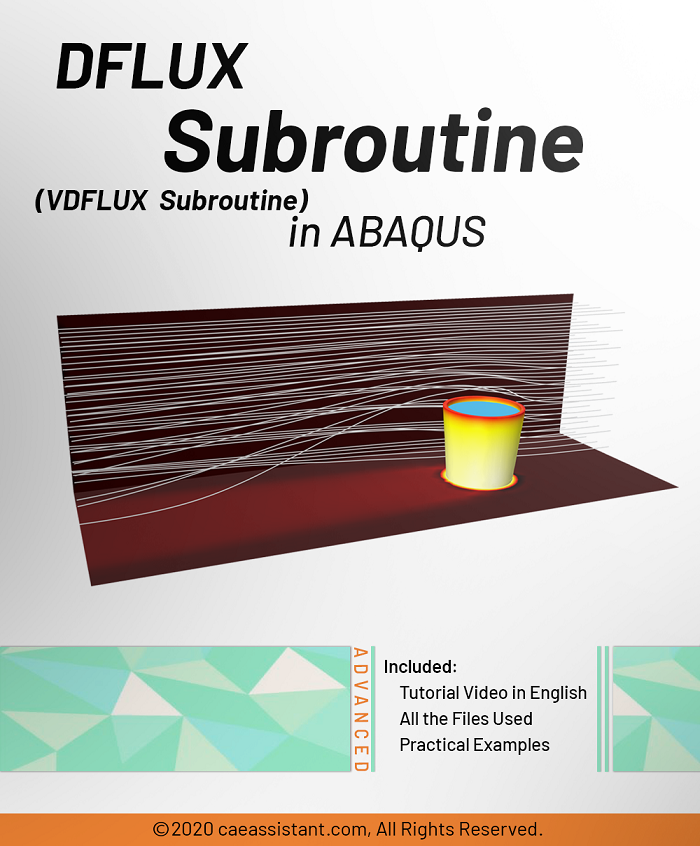
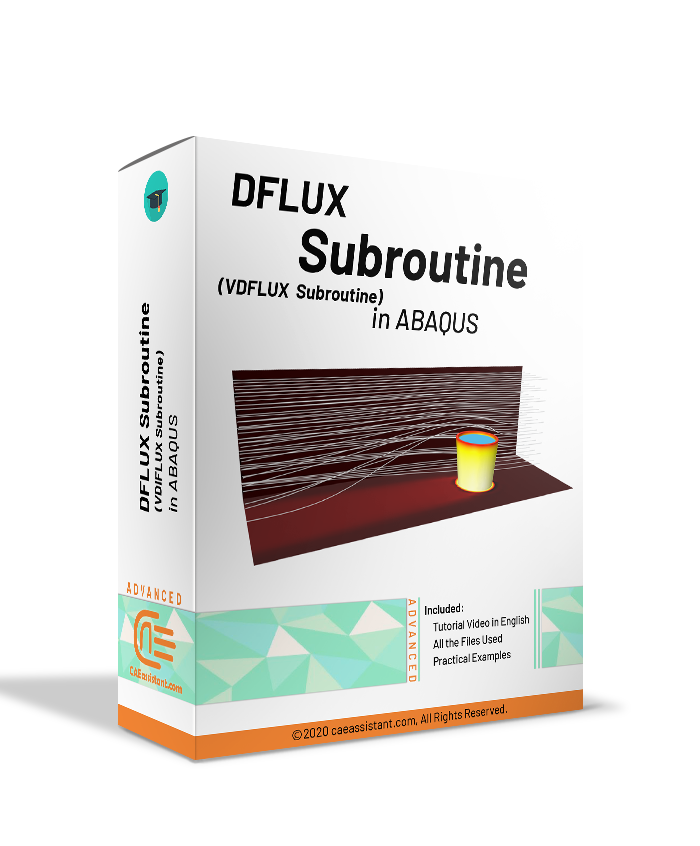
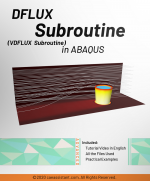
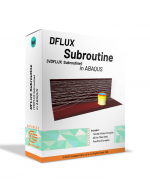
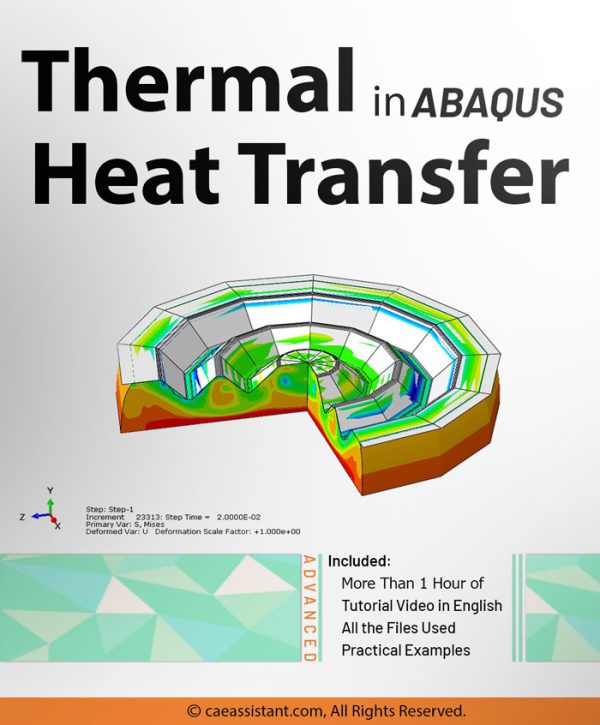
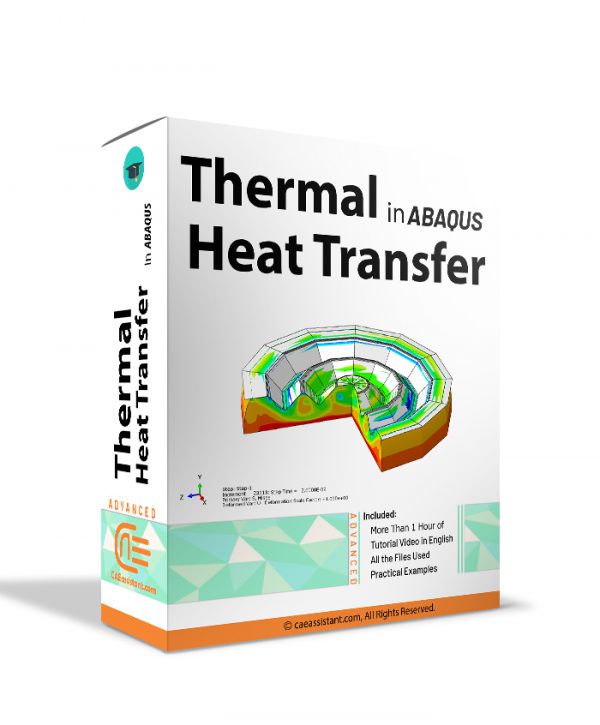
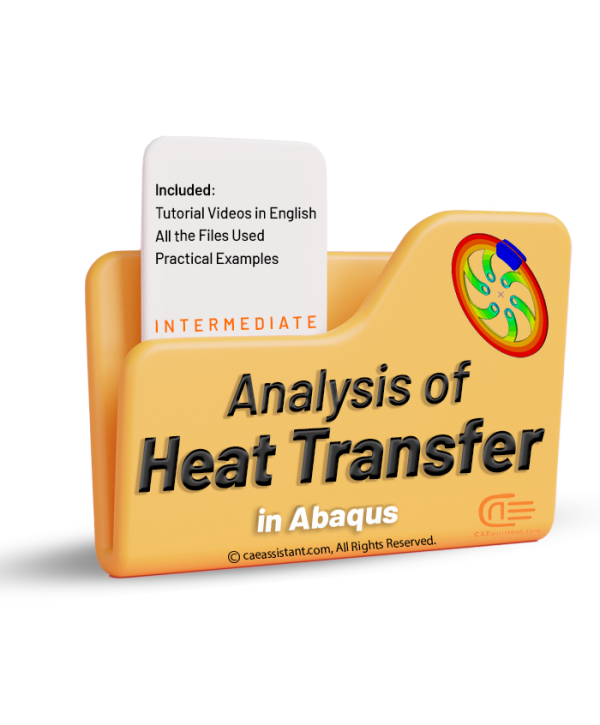
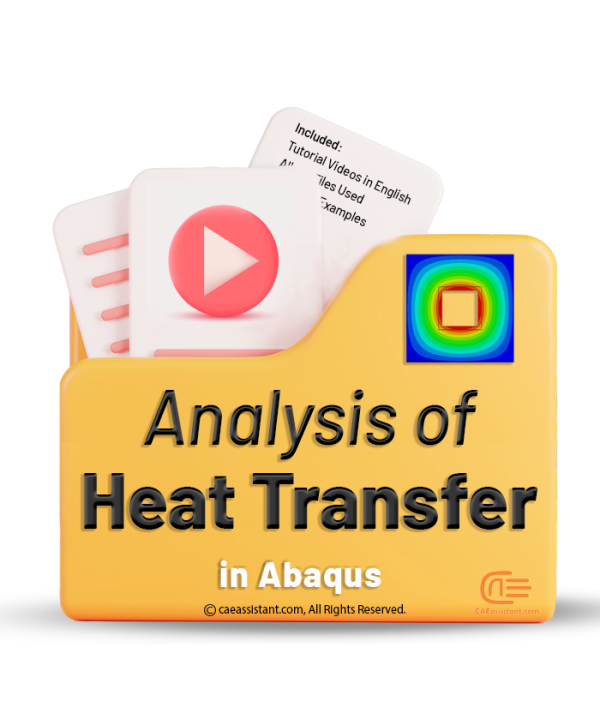
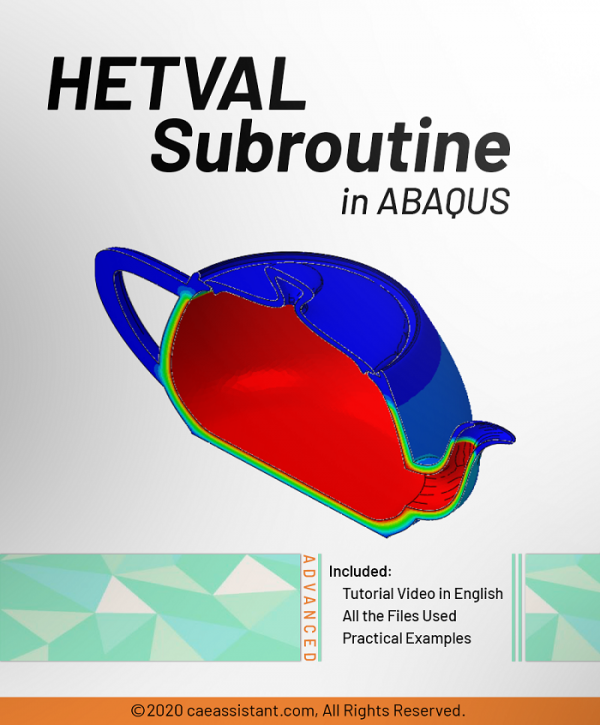
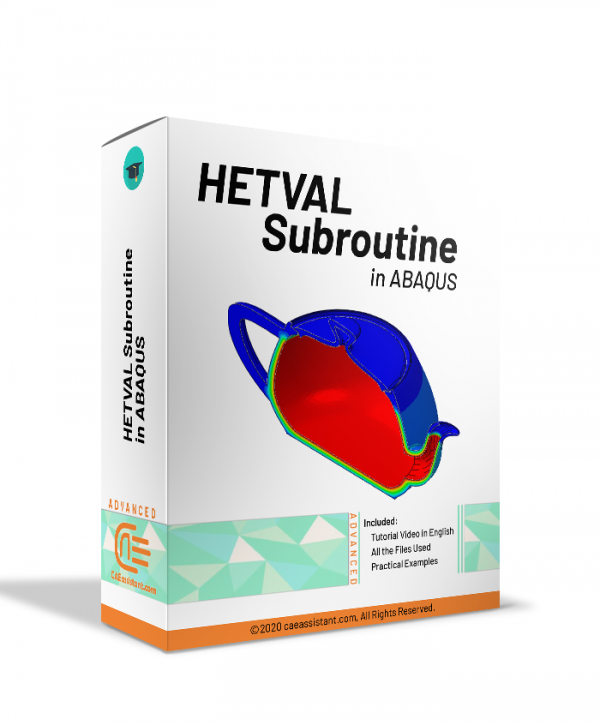
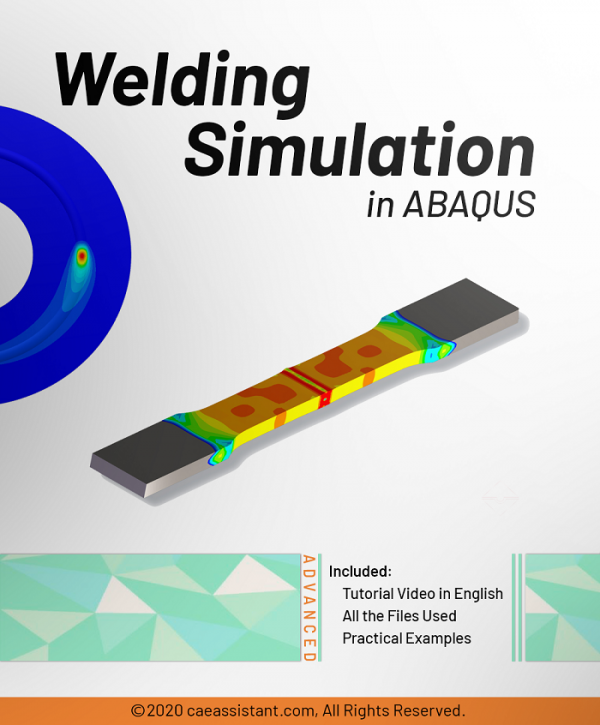
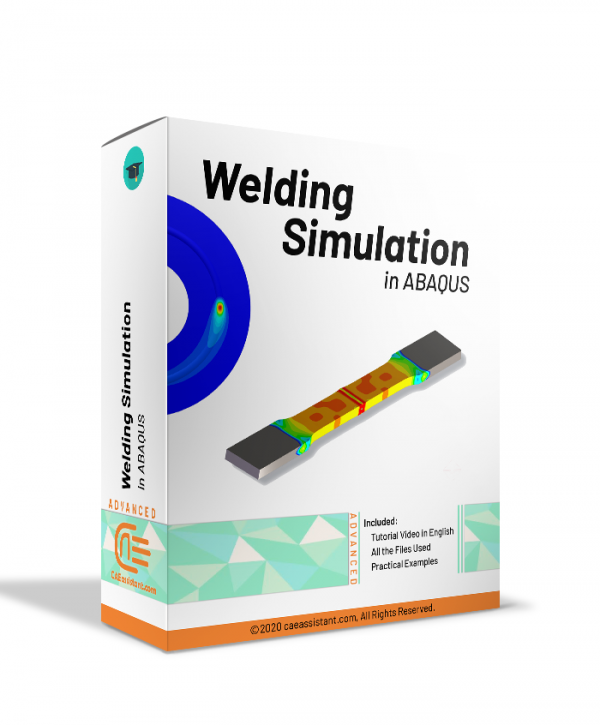
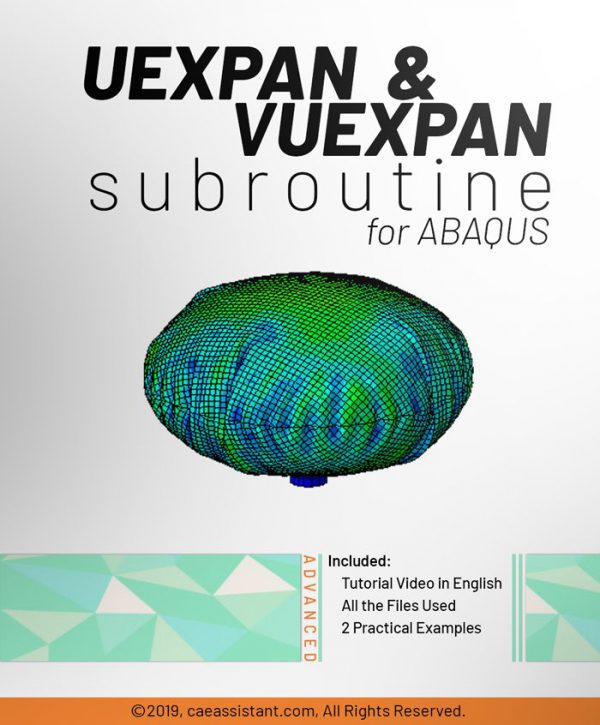
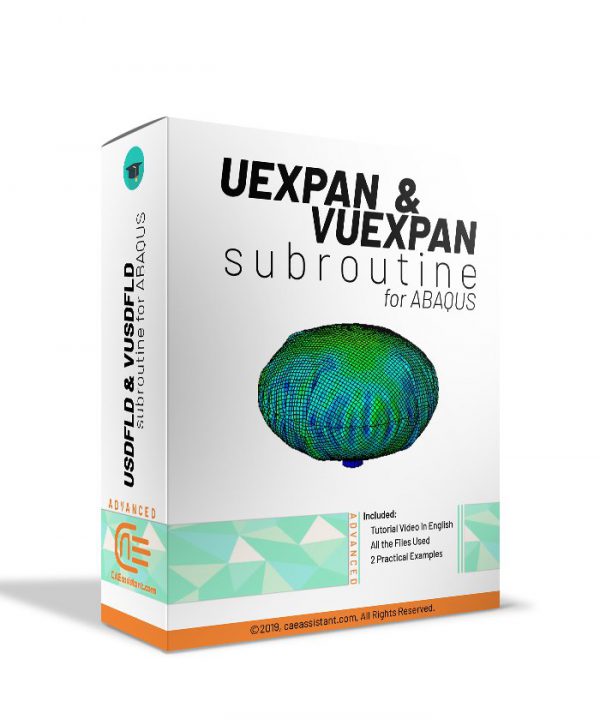
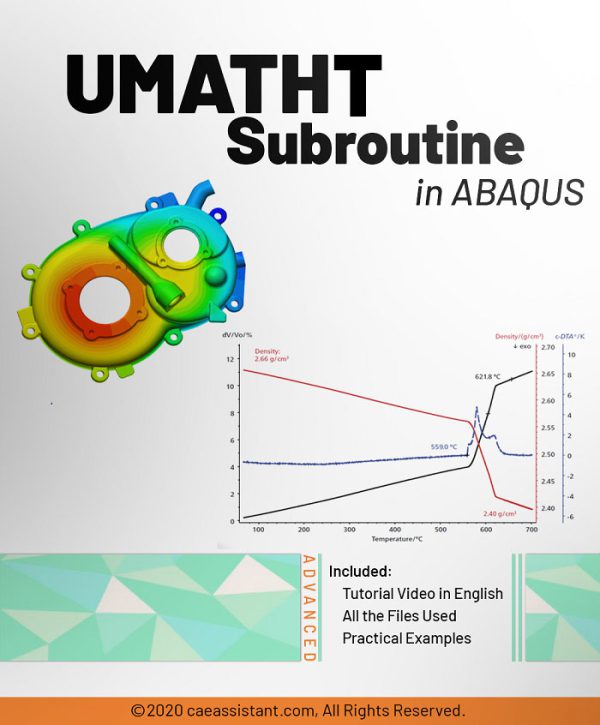
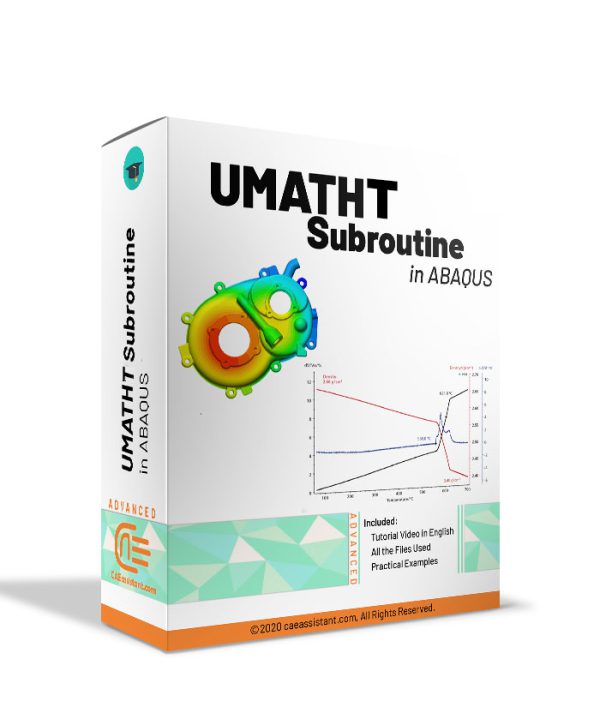
claos –
Two of the three workshops are for welding. Why? What is the other use of this subroutine? Why there aren’t workshops for them as well?
nina.smith –
Why don’t you put some of the package free so we know what we are buying?